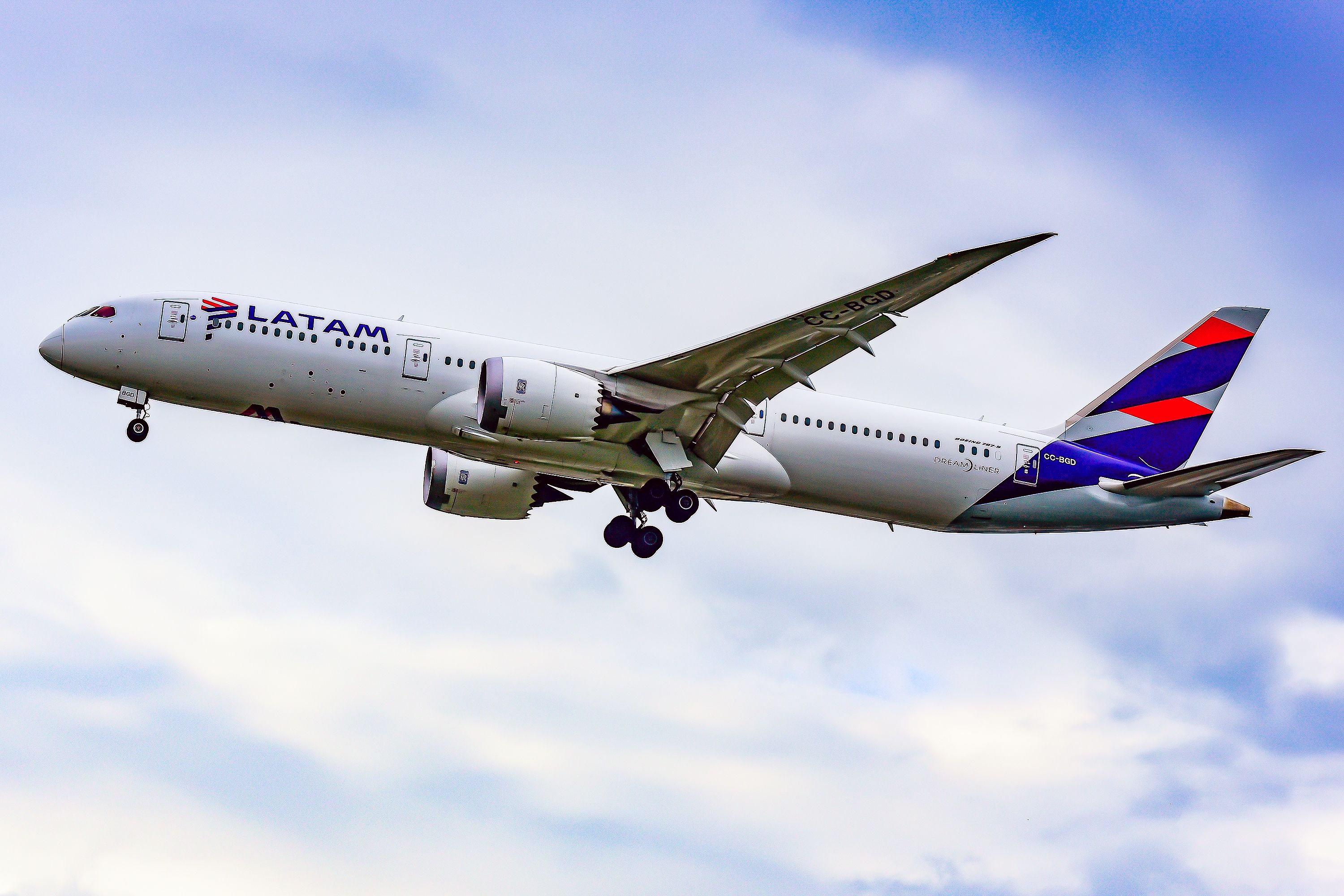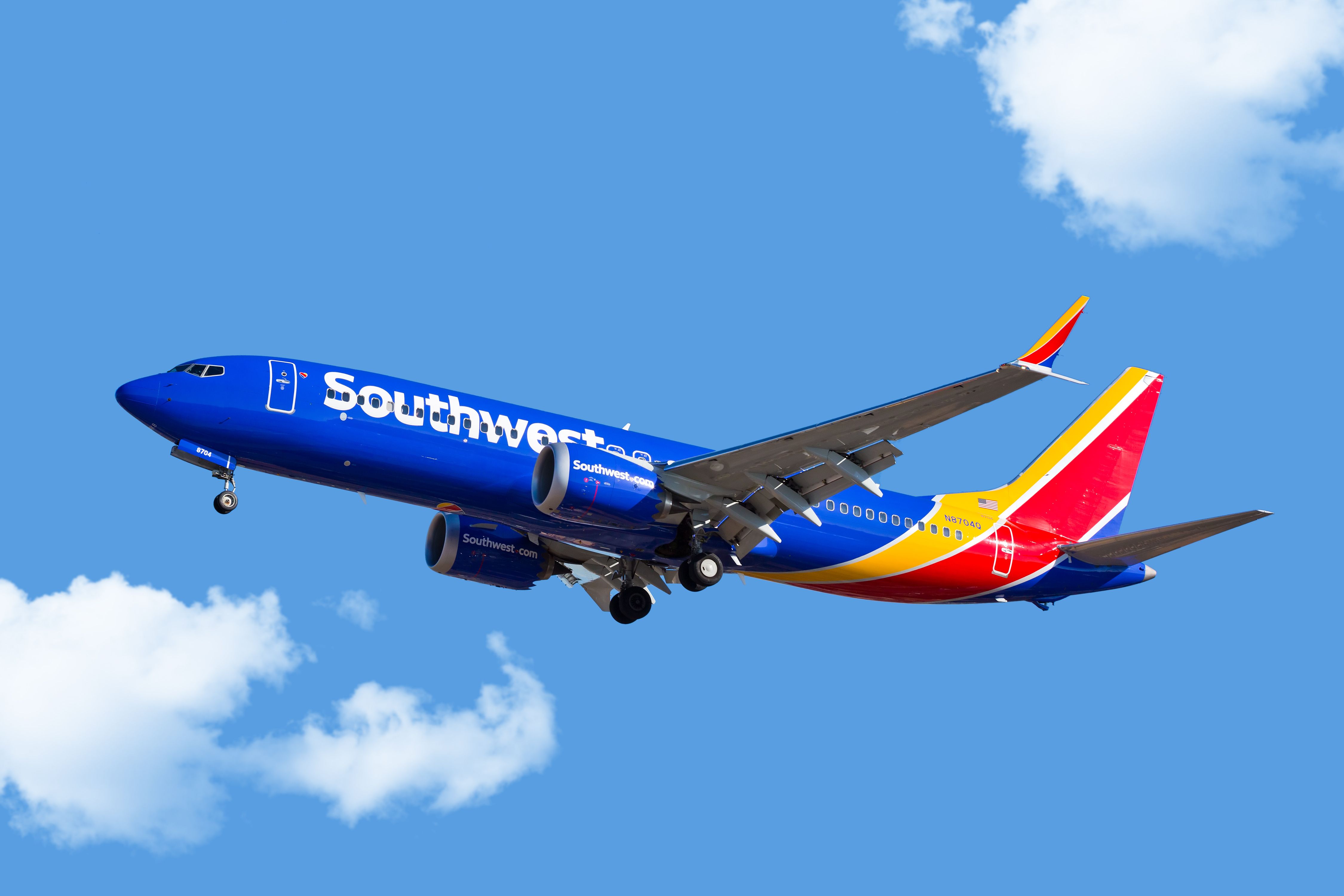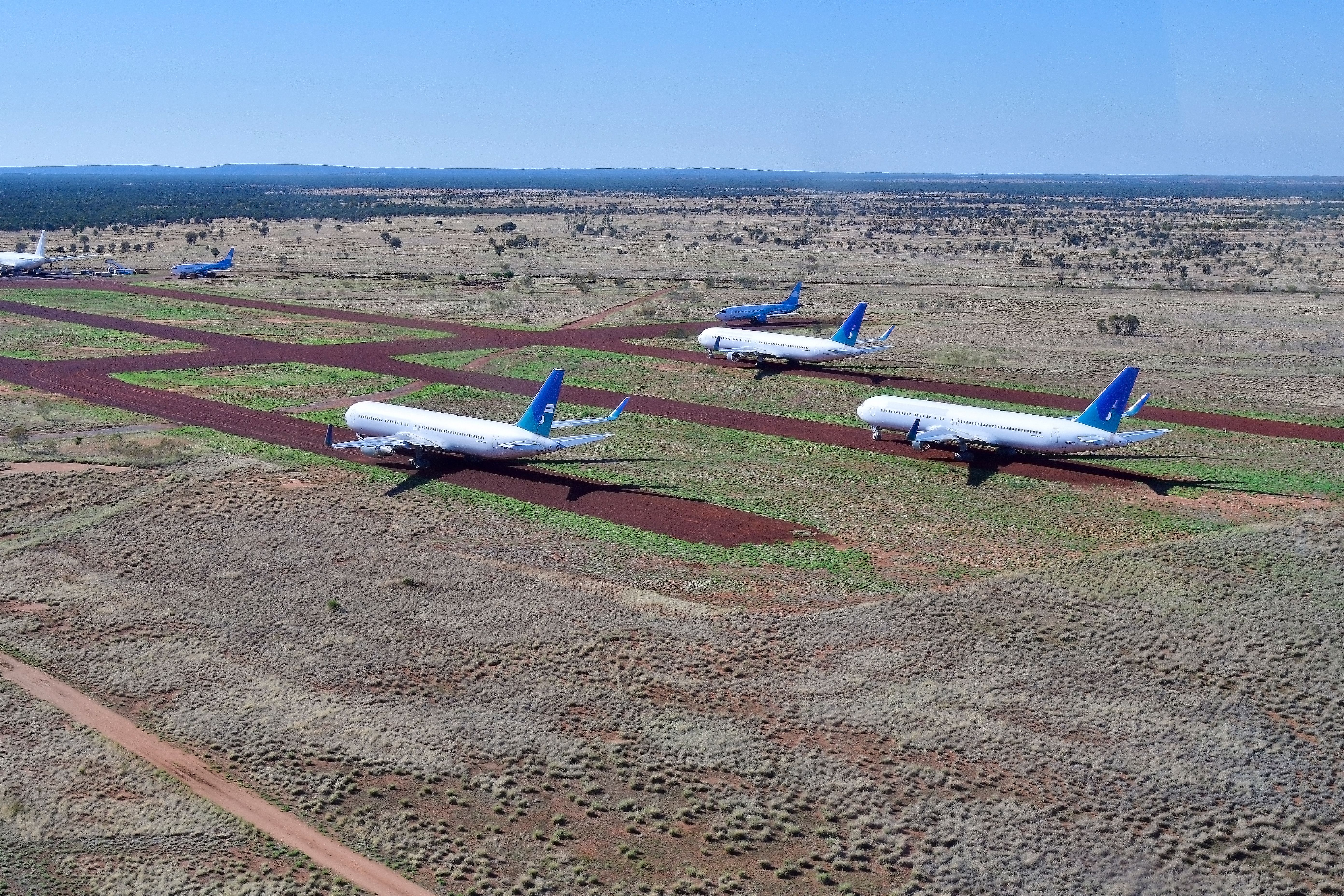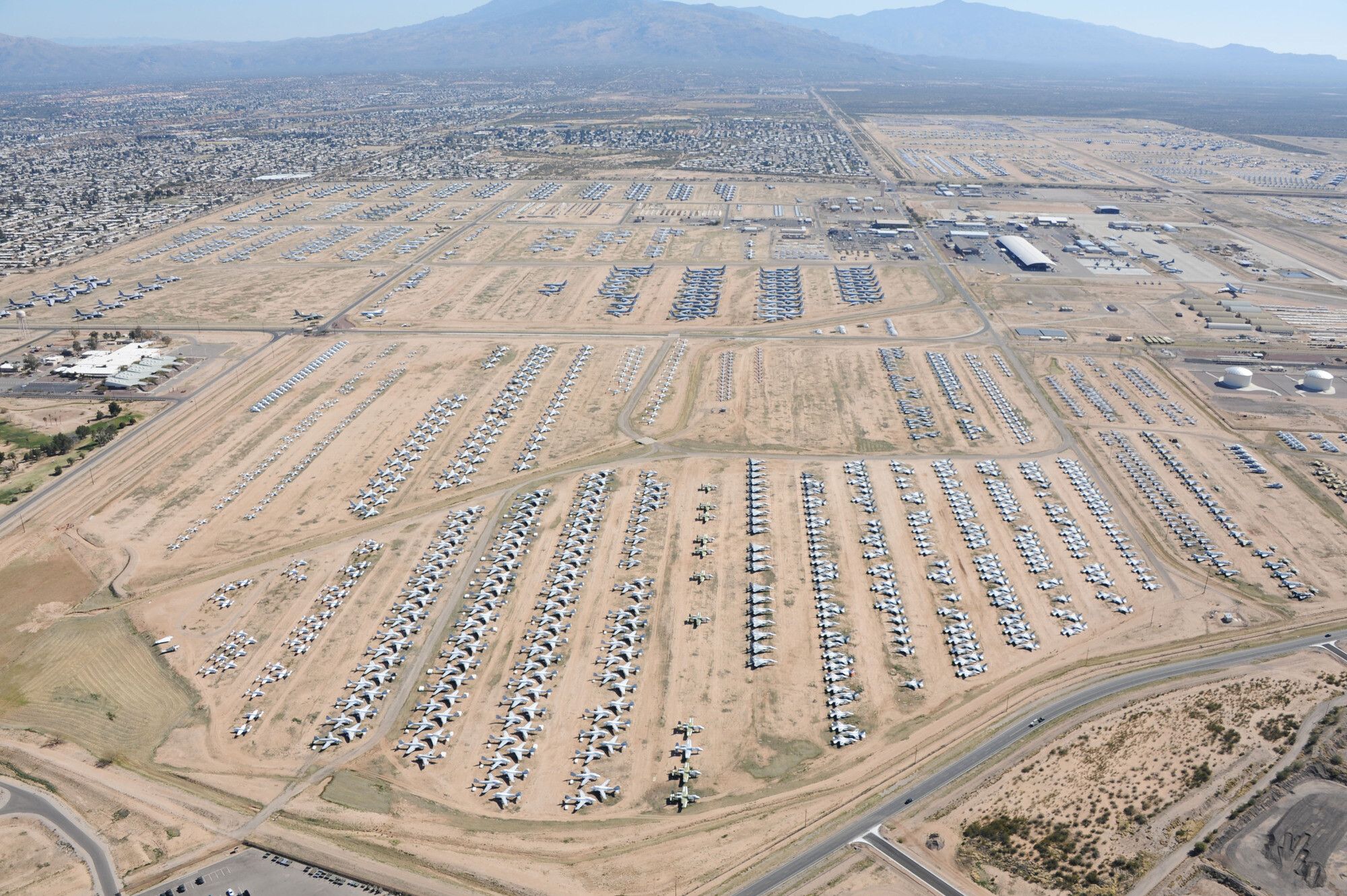The lifetimes of commercial aircraft
(as well as military planes and private jets) are often marked by constant flying, with planes in the skies around the clock completing missions for their respective operators. However, usually after over a decade in the skies, it is finally time for planes to touch back down one last time, and they will naturally enter into the next stage of their life.
For the most part, aircraft that are retired will not be immediately sold for their weight in scrap, but will rather spend the next few years inside what has colloquially become known as an aircraft boneyard. These are large facilities in which thousands of aircraft at a time will be stored in order to keep them in a condition that could potentially allow them to fly once again.
Photo: Vytautas Kielaitis | Shutterstock
The transition from operational aircraft to long-term storage can be extensive and often requires years of planning to execute effectively. Furthermore, aircraft are multi-million-dollar financial assets, ones that can’t always be immediately disposed of without serious operational and strategic repercussions. Let’s take a deeper look at how long aircraft typically serve before they are retired, and what might await them after they finally touch back down on the runway that last time.
Commercial aircraft typically remain in service for around three decades
Most commercial aircraft remain in service for the better part of three decades, with some planes staying in the skies much longer. The many advancements in aircraft maintenance technology that have taken place over the past fifty years have been major contributing factors to the extension of most commercial jets’ lifespans.
For the most part, keeping aircraft flying regularly requires increasingly higher expenses on maintenance, as spare parts for older-generation aircraft become increasingly rare. These planes will often have extensive checks performed on the entire aircraft at regular intervals, requiring them to be in the shop far more often.
Photo: Carlos Yudica | Shutterstock
Eventually, passenger airlines will decide that the economics of keeping older-generation aircraft in service longer are unappealing, and will instead choose to order more efficient next-generation planes, according to CNN. All the following factors will contribute to the wear on an aircraft which will increase maintenance costs:
- Pressurization cycles
- Aircraft type
- Usage
- Engine maintenance protocols
Essentially, one might be led to expect that if a plane is flying more it will break down faster. However, this is not always the case. For aircraft that are undergoing multiple pressurization cycles per day (as is the case for most short-haul aircraft), this is the case. However, for a long-haul plane flying just a single pressurization cycle per day, keeping planes in the sky longer becomes significantly easier, according to AviationPros.
Furthermore, if aircraft are constantly being flown to regions with unfavorable conditions (excessive heat, cold, or precipitation), the wear on the plane’s engines and other core components will likely be more extensive. At the end of the day, airlines that want to keep aircraft in service for a long time will be mindful of this and plan flight schedules, routine maintenance, and other usage habits that will help keep their planes flying for decades.
An aircraft’s afterlife is often rather boring
In the event that an airline has decided to retire a commercial aircraft, there will be a few things that happen. For starters, the carrier will likely take the following steps:
- Operate a final flight that may be greeted by a water cannon salute to celebrate the aircraft’s life and imminent retirement. (In the event of high-profile retirements, such as that of the Boeing 747, a press event may also be held to commemorate the occasion).
- A ferry flight will be operated to the aircraft boneyard of a carrier’s choice. (This is an empty flight with no passengers.)
The destinations that these aircraft will be flying to are referred to as aircraft boneyards, and they are large, sprawling facilities which are designed for long-term storage. According to Aerotime Hub, in order to minimize corrosion of the airframe and avoid the need to pave large areas, boneyards are almost always located in dry arid regions, such as the American Southwest.
Aircraft residing in boneyards will often be there for one of a few different purposes. For starters, some aircraft that are in these facilities are not there with the intention of never returning to service. These planes will be placed in “long-term storage,” and will require ongoing maintenance to ensure that they can eventually return to normal operations. Many airlines chose to store their aircraft in boneyards during the COVID-19 pandemic.
Photo: fritz16 | Shutterstock
Some aircraft in boneyards will serve a purpose of “cannibalism,” as they will be maintained only for the purpose of using their spare parts to repair other aircraft of the same model within a carrier’s fleet. These actually account for the majority of planes sitting in boneyards today.
Lastly, many planes in boneyards will be there for the purpose of being fully scrapped. Aircraft that are bound for the scrap heap will first have all valuable components removed and either sold or stored. All remaining materials will be melted down or fully disposed of.
Photo: The Center for Land Use Interpretation
At times, industry dynamics require some aircraft to be brought out of retirement, as was the case during the past few summers when sky-high demand for air travel required many carriers to reactivate planes they had sent to facilities in Victorville, California, or Kingman Field, Arizona, for long-term storage.
Most aircraft boneyards will be privately owned and operated, such as Kingman Field, which serves as the primary repair, storage and disposal facility for Delta Air Lines, American Airlines and United Airlines, according to ABC. Some boneyards are owned and operated by the military. The 309th Aerospace Maintenance and Regeneration Group, which operates out of Davis-Monthan Air Force Base in Tucson, Arizona, is the largest such military boneyard in the world.





